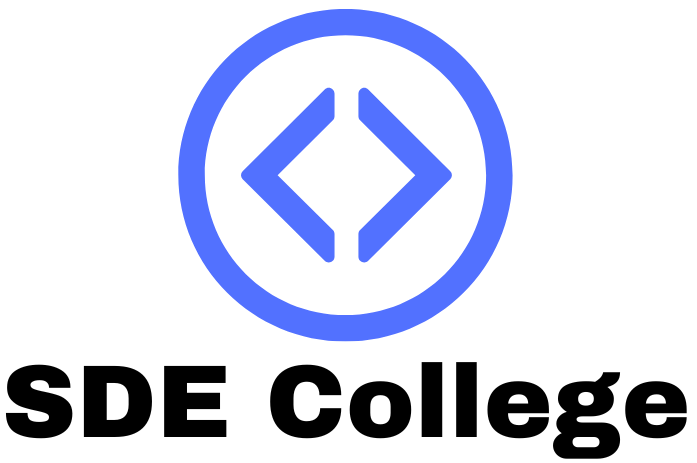Building Your Web and Digital Interface Designer Portfolio and Resume
Building Your Web and Digital Interface Designer Portfolio and Resume: Showcase Your Skills and Accomplishments for a Successful CareerAs a web and digital interface designer, you are responsible for creating interactive interfaces that ensure the perfect blend of form and function. And to be successful in this role you must be able to showcase your skills and accomplishments effectively. A well-crafted portfolio and resume are essential aspects of presenting yourself as a desirable candidate for job opportunities.
When searching for jobs, employers want to see if you’re the right fit for their style and working environment. To stand out from the competition and make sure your portfolio and resumes represent you effectively, it’s important to highlight your achievements and display your skills in the most flattering light. Here’s how to build a portfolio and resume so you can showcase your style, skill, and accomplishments effectively.
Getting Started on Your Resume
Before you start writing your resume, create a list of your skills and experience. Consider using keywords related to the job you’re applying for, so that employers can easily find what they’re looking for. Also, make sure you link your resume to your portfolio site—employers will often take a look at both before making their decision.
Now, it’s time to actually write your resume. If you’ve never written one before, there are some basic components you should include. Start with a summary statement that concisely displays your unique skills and abilities, and then move on to a bullet-pointed list of your work experience, beginning with your most recent position. Include any certifications or credentials you’ve earned, as well as any awards or accomplishments related to your work. Finally, list your education, any relevant languages you speak, affiliations, and any other interests that you think set you apart from other applicants.
Putting Together Your Digital Portfolio
Your portfolio should tell a story about your work—it should be striking and capture the viewer’s attention. Begin by creating a page layout that is visually appealing and functional. In your portfolio, you should feature some of your best projects, including screenshots, descriptions, and live demos, if applicable. Once you’ve made your layout and filled it with content, you can use graphic design elements like photos, typography, and illustrations to add visual appeal. It’s also a good idea to include a few case studies, so potential employers can get an in-depth look at your work.
For the best results, pay close attention to the details—you want your portfolio to be as polished as possible. Make sure no typos or grammar errors exist, and that all images are properly sized and placed correctly. You should also keep the text concise—try to stick to one or two sentences per bullet point. Knowing how to paginate, format, and navigate your pages properly is just as important as the other aspects of your portfolio.
Creating a Winning Resume and Portfolio
Creating a stunning resume and portfolio takes time and effort, but it’s worth it! Employers are looking for candidates with polished, accurate, easy-to-navigate portfolios; and informative, succinct, error-free resumes that demonstrate the specific skills and experience they’re looking for.
To ensure your resume and portfolio make a good impression, you should consider having them professionally proofread and edited. You should also review your portfolio regularly—update it within 3-6 months or whenever you’ve accomplished something new. And lastly, make sure you stay current with the latest trends and tools in the field. By continually improving your portfolio and resume, you’ll be able to showcase your skills and accomplishments in the most effective way.
By crafting an impactful resume and portfolio, you can land your dream job as a web and digital interface designer. Your resume and portfolio will give potential employers an inside look into your work, so make sure you put your best foot forward! With these tips, you’ll be well on your way to creating an effective portfolio and resume that showcase your style, skill, and accomplishments for a successful career.












